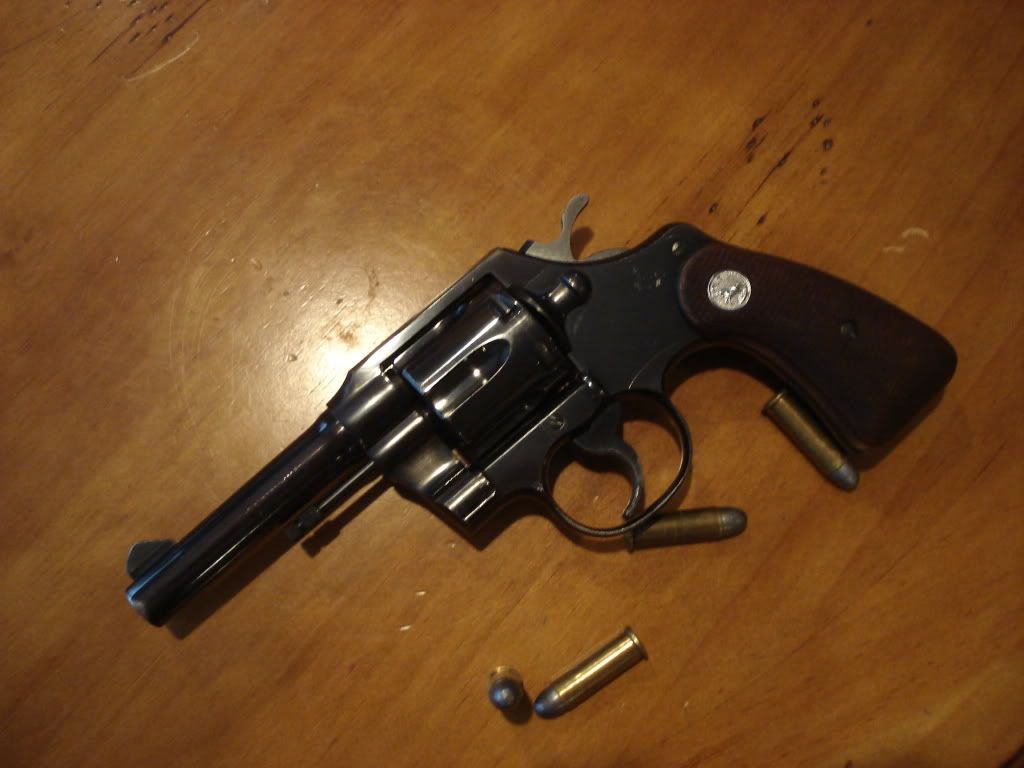Kreyzhorse
New member
I have never had the need to, but if I had to, I'd at least take a look if there was a problem.
The S&W revolvers I have bought over the years have "come broke", in the sense that they have come with their internals rougher than a cob. The people who never do work on them, or have work done on them are either: Very lucky, or use them as they are while being oblivious to how rough they are, do not care how rough they are. There is a night vs. day difference in a S&W revolver as they come from the factory and one that has been smoothed and lightened by someone who knows what to look for (triggers dragging on the frame, hammers flopping sideways during travel, etc.). In many, the only reason they function as well as they do, is that the springs are overly heavy as to force them to function despite the faults as shipped. Ignorance is bliss.Fixing something that ain't broke has NEVER been a good idea.
The strain screw should always be, and have been, tightened all the way in. Some shooters wrongly loosen the strain screw to obtain a lighter double-action pull. But one of the problems with that is, the screw is then likely to become looser via recoil, to the point where misfires occur. Swap-out the mainspring for a lighter one if you must, but the strain screw should always be tight in the frame.Thank you RKG....after the "fix" last year it never acted up again. The pistol was returned to the factory five years ago. I had another issue with it and I did open it up---I could never get that spring in the trigger in the right position...what a goofy set-up. Looks like they designed it to baffle us. IMHO these things should be designed to be relatively easy for an average guy to be able to service them. S & W fixed it up and then I started have the problems mention. I never tried to adjust the main spring tension for a lighter trigger, but when it was mis-firing (as mentioned before) I did tighten the strain screw.
Yup! Dremels is what keeps gunsmiths in business. And remember, never force anything; always use a bigger hammer.I just randomly grind on parts with a dremel...
Works great!

